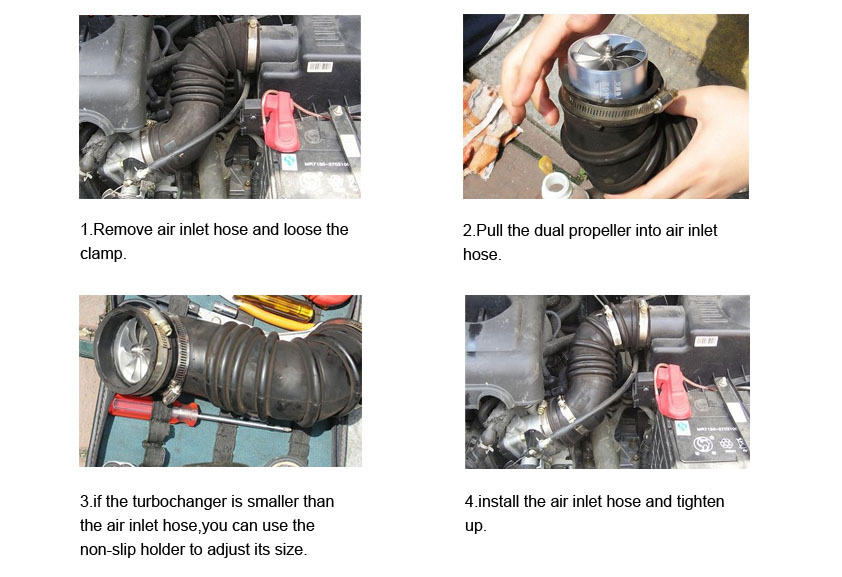1997XLTRollover
Explorer Addict
- Joined
- February 28, 2007
- Messages
- 1,321
- Reaction score
- 7
- Year, Model & Trim Level
- 1996 AWD 5.0
Just wanted to get some wheel opinions. I'm looking for a set for my 96 and I'm stuck between the Soft 8 and the American Racing AR172 Baja.
The AR's are quite a bit lighter at around 20 lbs vs the Soft 8 at 28. The Soft 8 however is a good 100-150 bucks cheaper per set. That being said it's made of steel and I was wondering if you guys think the Soft 8 is a stronger wheel than the AR172.
Things to consider are that my truck is 99% of the time a daily driver so MPG is important, but will the extra 8 lbs per wheel make that much difference in MPG? I know rotational weight is bad for everything but I'm just wondering what a difference it's really going to make. I do also plan on going off road a few times a year so that's something to consider too as minor as it may be.
Oh and one last question, I noticed the Soft 8 and maybe even the AR do not sit on the hub. They just center using the lugs. Is this a problem and will this cause too much stress on the lugs or a vibration because it's not centered on the hub?
The AR's are quite a bit lighter at around 20 lbs vs the Soft 8 at 28. The Soft 8 however is a good 100-150 bucks cheaper per set. That being said it's made of steel and I was wondering if you guys think the Soft 8 is a stronger wheel than the AR172.
Things to consider are that my truck is 99% of the time a daily driver so MPG is important, but will the extra 8 lbs per wheel make that much difference in MPG? I know rotational weight is bad for everything but I'm just wondering what a difference it's really going to make. I do also plan on going off road a few times a year so that's something to consider too as minor as it may be.
Oh and one last question, I noticed the Soft 8 and maybe even the AR do not sit on the hub. They just center using the lugs. Is this a problem and will this cause too much stress on the lugs or a vibration because it's not centered on the hub?












